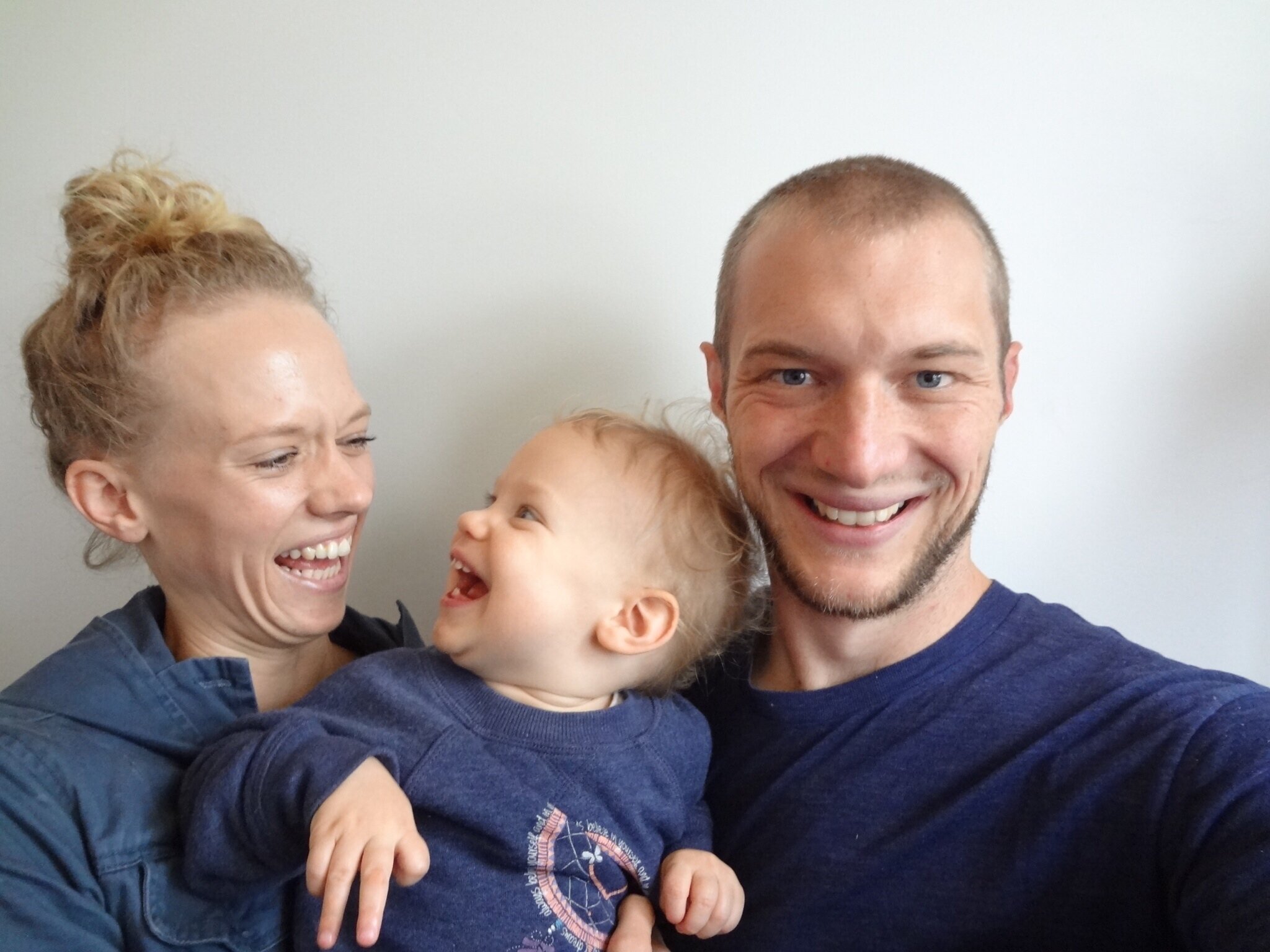The Ind’s story
Hannah was born in what I now think of as a perfect Syngapian way: at 2am and in the bath. Little did we know the love of night wakings and water would stay with her for life!
She was a happy baby, fat and healthy.
She fed well and smiled and laughed easily and often. She was late to her milestones but we didn’t think much of it; we’re both relaxed so thought she just had our temperament. When we introduced solids at 7 months she stopped eating and was labelled as ‘failure to thrive’. We had to reintroduce breastfeeds and put her on a medically approved supplement to help ensure she was getting the nutrients she needed to grow. These helped and she continued to grow, albeit slowly but steadily.
At 12 months I noticed her eyelids fluttering a couple of times and asked my paramedic husband, almost as a joke, if they were seizures. He assured me it was nothing and we continued along happily.
Hannah continued to fail to meet her milestones and at 2 years old she wasn’t talking or babbling, not walking and she had only just learnt to crawl. She was then diagnosed with Global Development Delay and she was also diagnosed with Autism Spectrum Disorder – a diagnosis that covered some of Hannah’s issues but not all.
Han rocking her AFO’s
She was prescribed custom made ankle foot orthotics (AFO’s) to help with her balance and to encourage weight bearing through her feet. Just before her third birthday she was able to stand independently! It was an amazing moment. She learnt quite quickly from there and was walking soon after turning 3. We were able to remove the AFO’s at 4 and she went to using custom orthotics which she still uses today.
At three she started having tonic clonic seizures which were heartbreaking. She would rush to me as if she knew what was about to happen, start jerking and then vomit and pass out. I have been vomited on in the car, in the GP’s office and at friend and family’s houses – I quickly learnt to bring a spare change of clothes for both Han and myself! I never got the seizures on film as I would be too occupied with helping Han but thankfully we have a great paediatrician who believed me and put Hannah on her first anti seizure med Epilim. The Epilim stopped the tonic clonic seizures but also made Hannah incredibly aggressive, and didn’t stop her absence and myoclonic seizures.
Meanwhile she was now 4 years old and still largely non-verbal, in nappies and had sleep and behaviour issues. She would wake anytime from 2 – 4am and that was when the day began. She would also spend a large part of the day screaming and hitting herself and other family members, and the assistance dog we had gotten her.
Recovering from surgery, 2017
She moved from an NGT tube to a peg tube to relieve painful amounts of gas in her stomach from aerophagia (swallowing excessive air). The gas bloating was so extreme that she popped out two inguinal hernias before we had the peg fitted.
In 2017 when Hannah was 4 we were encouraged to get her a full genome test to see if there was a genetic disorder that could explain more of Hannah’s symptoms. In January 2018 we got our answer – SYNGAP1. When Hannah was diagnosed there were less than 200 known syngapians in the world.
Immediately we were linked in with families both in Australia and overseas and found a world of connection and knowledge. On Danielle and Danny Williams’ recommendation we were able to see neurologist Professor Ingrid Scheffer who specialised in complex epilepsy and had worked already with two syngapians, the Williams girls, Jaeli and Dali. Under Ingrid’s guidance we changed seizure meds which stopped the aggressive behaviours that Epilim brought out in Hannah. She is now on two anti-epliepsy meds and her seizures are 90% controlled.
Hannah is now 7 and in a really good spot. She is still mostly non-verbal with 20-50 words and signs. She is in nappies and is still dependent on others for self-care and feeding. She is still small (on the 3rd percentile for her age) but is following her growth curve. Sleep is still an issue despite using medication to help her fall asleep. Her rages are less than they were and she is now able to communicate to some degree with those closest to her. She can run and jump and play and her smile lights up the room. Wherever she goes she wins hearts.
Our gorgeous Hannah, 2020
Having the SYNGAP1 diagnosis has been such a blessing. We try and see Danielle and Danny, Jaeli and Dali, as often as we can and any other syngapians. It’s a family and really does help you feel less alone.
The Williams family visiting us in Port Fairy, 2019






